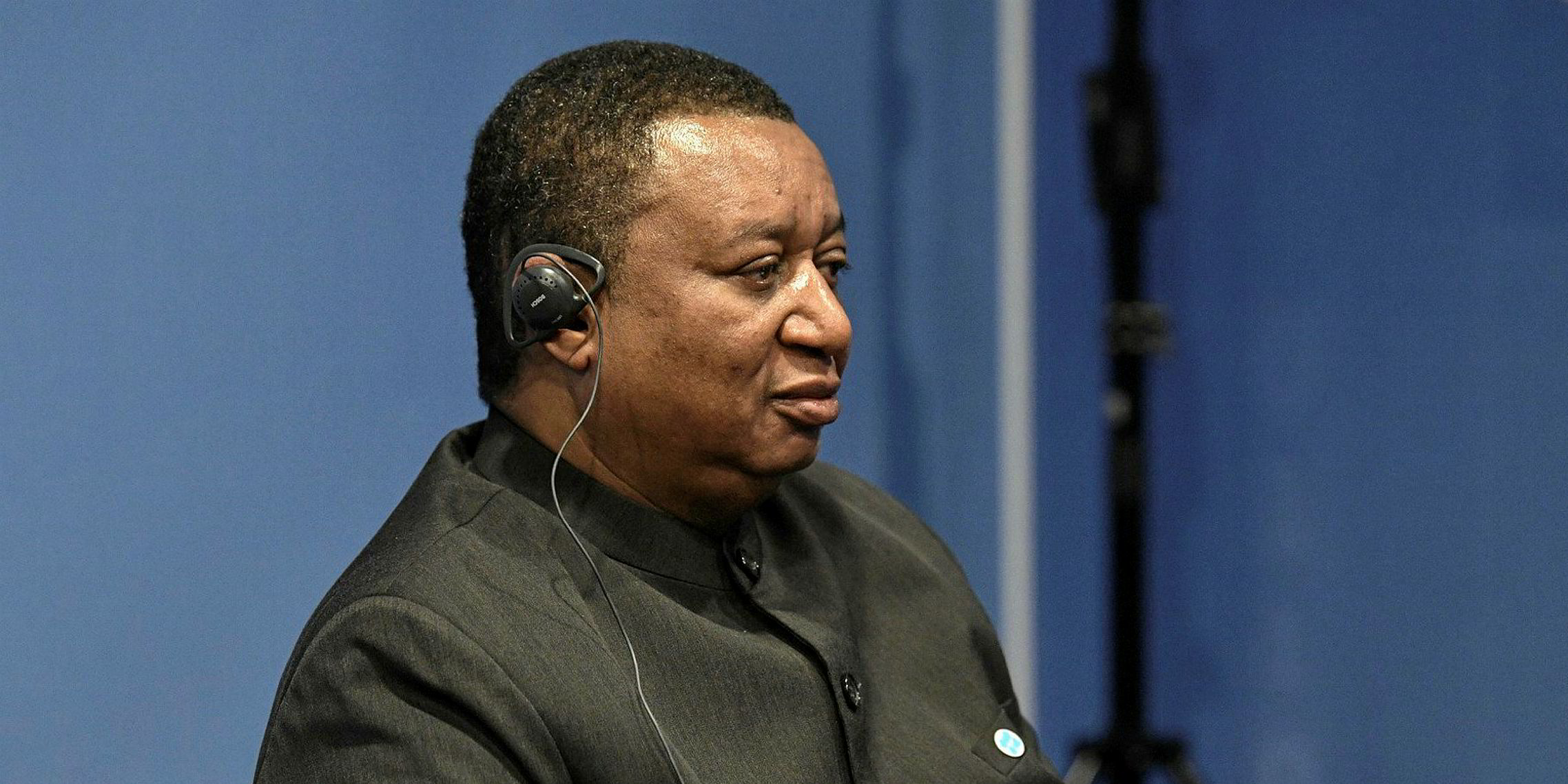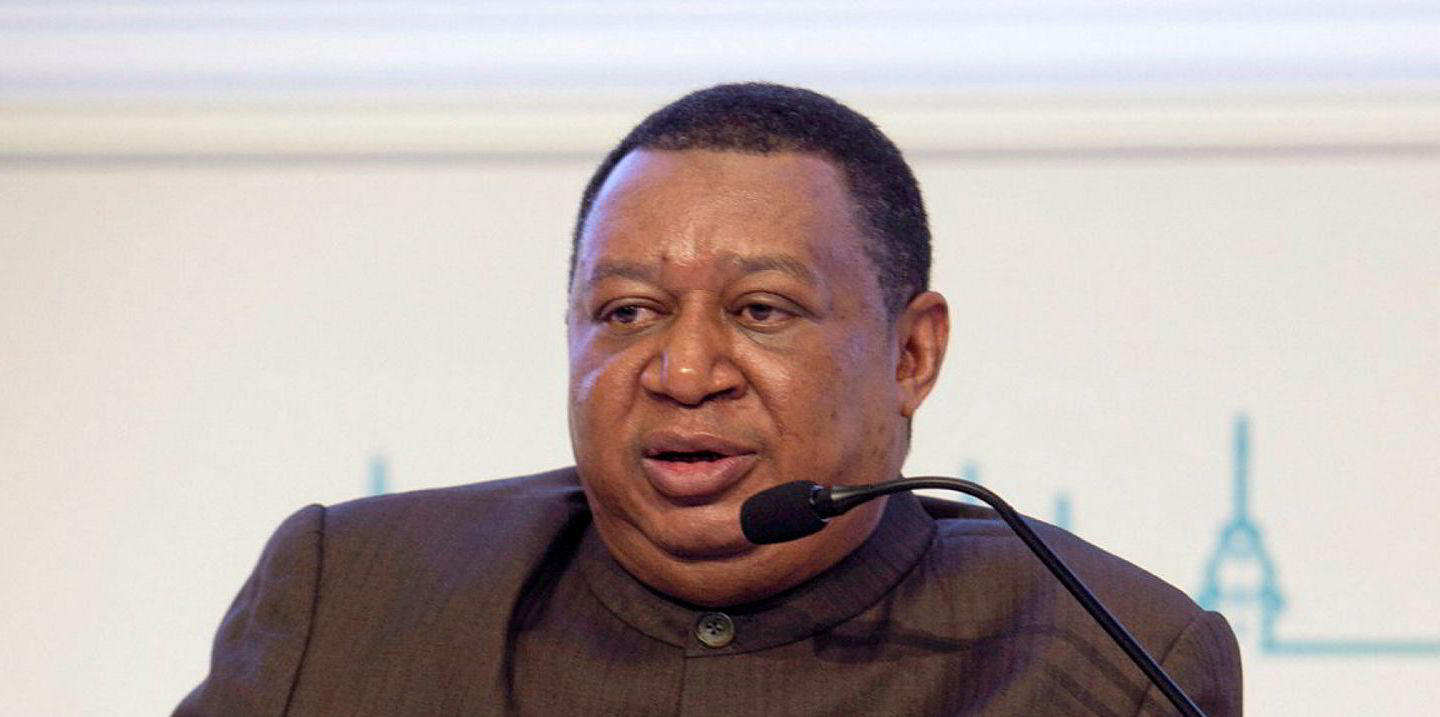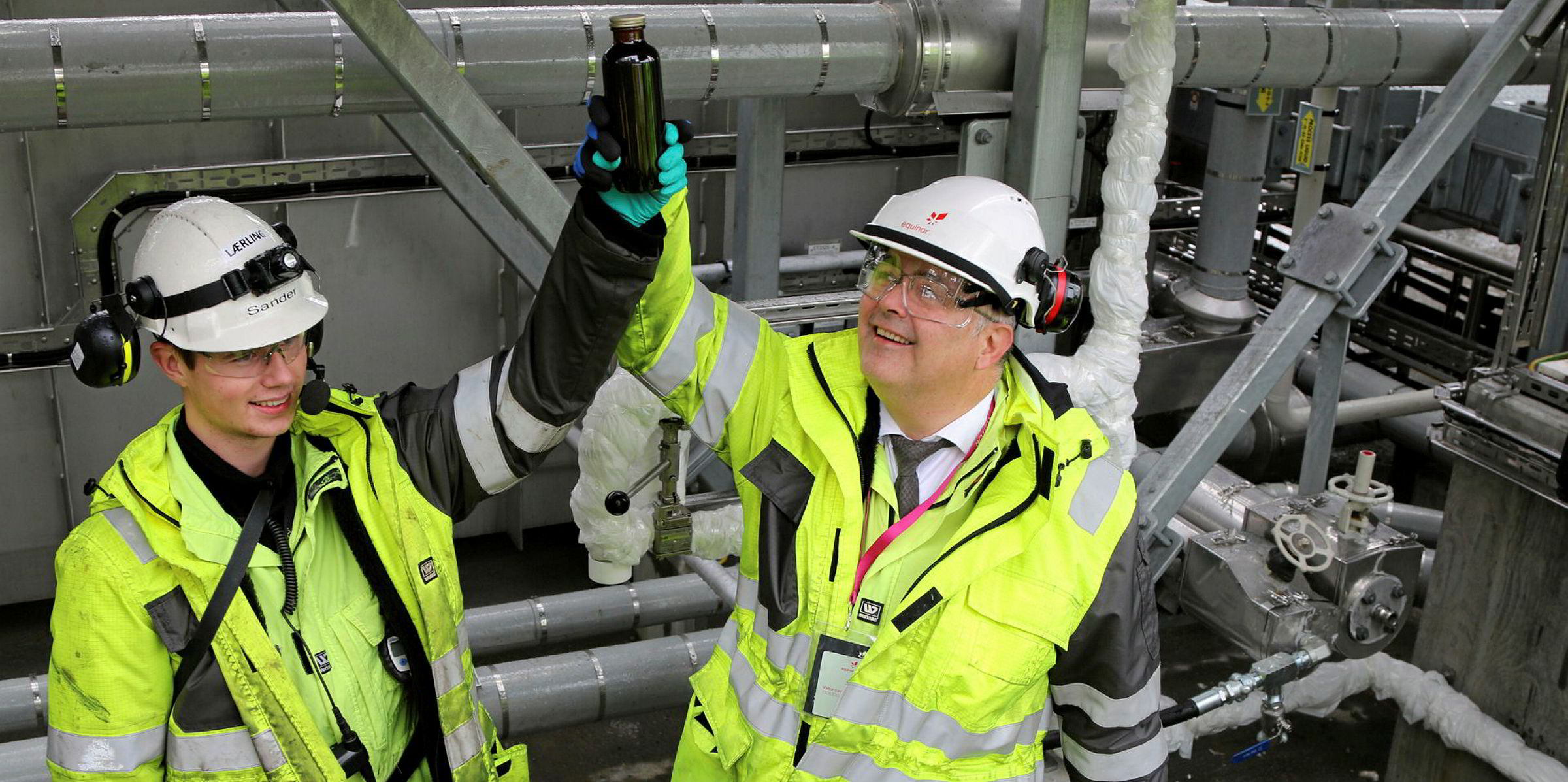While the Opec and its Russia-led allies are widely expected to extend, or even deepen, their crude production cut well into next year, tanker owners may not have much to worry about.
Based on Alphatanker projections, the US, Brazil, Norway, Canada and Guyana together will increase their supply by 2.2m barrels per day (bpd) in 2020. That would support tonne-mile demand for crude tankers even with Middle Eastern exports hampered by the Opec cut.
“Next year supply from outside Opec and its partners will grow…this is a positive development for tanker markets considering that this year global oil supply has remained flat with 2018, marking the lowest growth since 2009,” Alphatanker said.
“Fleet-side fundamentals are likely to provide support over the first half of the year but the regional disparities outlined suggest that the Atlantic Basin will be the cradle of tanker demand growth next year while Middle Eastern markets could underwhelm.”
The consultancy said more crude tanker operators could decide to focus on West of Suez markets rather than the Middle East, the traditional heart of dirty trade.
With IMO 2020 and slowing newbuilding deliveries, most industry participants predict crude tankers will have one of their best years this century in 2020.
“We assume Opec will cut next year and earnings are still higher because of the Atlantic basin tonne miles. We'd rather see the Opec cut than US production going down,” said a London-based analyst.
Possible deeper reduction
When meeting in Vienna on 5 and 6 December, the Opec and its allies will discuss their production agreement that lasts until the end of March 2020.
In a Bloomberg Intelligence survey, 94% of the 176 oil market participants think producers will extend the current deal through 2020, while a majority expects the overall cut to stay at the current level of 1.2m bpd.
“Saudi Arabia have been strongly lobbying members of Opec [and its allies] to increase compliance which has seen Iraq and Nigeria pulling back their production slightly in recent weeks,” S&P Global Platts head of analytics Chris Midgley said. “Saudi Arabia may…even pull pack their quota from the current level of 10.3m bpd.”
“Russian producers will push to increase their quota, as demonstrated by a recent request to exclude new condensate production.”
While oil market fundamentals suggest a deeper cut would be required, the oil exporters are unlikely to go down that route as they do not want to lose more market share, according to analysts.
Considering incremental non-Opec supply and slowing global oil demand growth, Alphatanker estimates Opec and its allies would need to reduce crude output by a further 1.3m bpd to maintain the oil market balance.
“[But] how much pain can Opec take before it decides it cannot cede any further market share?” Alphatanker questioned.
If Opec crude production remains flat next year compared to the 2019 level, global inventories will increase by 1.35m bpd, Alphatanker predicts.
Changing dynamics
The consultancy's data suggests that Middle Eastern crude exports have averaged 16.7m bpd so far this year, 1m bpd below the level seen in 2018.
Saudi Arabia, the biggest contributor to the current cut, may reduce its exports further next year with the 400,000-bpd greenfield refinery in Jizan ramping up throughput, according to Alphatanker.
However, in terms of tonne-miles, the cut’s impact on crude tanker demand is mitigated by Middle Eastern producers’ diversion of some barrels from Europe to Asia.
“A positive point is that Middle Eastern producers will continue to redirect their crude flows eastwards to lucrative Asian markets,” Alphatanker said.
“Assuming that this will lead to less exports into the Mediterranean and Northwest Europe while exports to North Asia will rise, this will add to VLCC demand at the expense of suezmax demand.”






